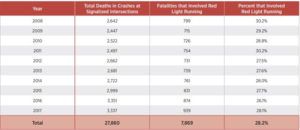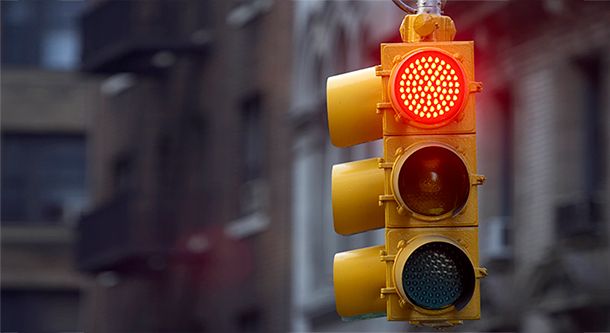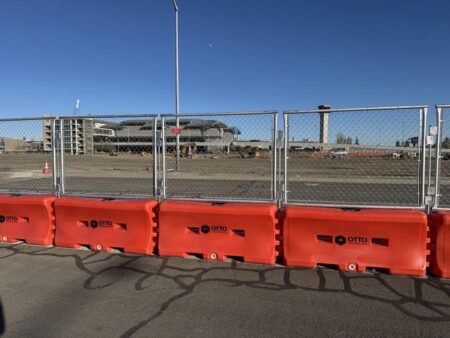According to new data analysis performed by the AAA Foundation for Traffic Safety more than two people are killed every day on the USA’s roads by impatient and reckless drivers driving through red traffic lights.
The most recent crash data available shows 939 people were killed in red-light running crashes in 2017, including drivers, passengers, pedestrians and cyclists; a 10-year high and a 28% increase since 2012. With the number of red-light running crashes on the rise, the AAA calls for drivers to use caution when approaching signalized intersections, and for pedestrians and cyclists to stay alert when crossing the street. According to the Foundation’s research:
- 28% of crash deaths that occur at signalized intersections are the result of a driver running through a red-light;
- Per capita, Arizona has the highest rate of red-light running fatalities while New Hampshire has the lowest rate;
- Nearly half (46%) of those killed in red-light running crashes were passengers or people in other vehicles and more than 5% were pedestrians or cyclists. Just over 35% of those killed were the drivers who ran the red-light.

The AAA Foundation’s latest Traffic Safety Culture Index shows 85% of drivers view red-light running as very dangerous, yet nearly one in three say they drove through a red-light within the past 30 days when they could have stopped safely. More than 40% of drivers also say it is unlikely they will be stopped by police for running a red-light. The AAA notes that while enforcement is the best way to get drivers to comply with any law, it is impossible for police to be at every intersection. The Insurance Institute for Highway Safety (IIHS) found that when properly implemented, red-light cameras reduced the fatal red-light running crash rate of large cities by 21% and the rate of all types of fatal crashes at signalized intersections by 14%.
The report says proper implementation of red-light cameras helps to ensure drivers’ safety and trust in the systems. When using red-light camera programs, local governments should incorporate best practices, such as:
- Using the camera program as part of a comprehensive traffic safety strategy, including engineering and education;
- Only implementing programs on roadways with a demonstrated pattern of violations or crashes;
- Notifying drivers that cameras are being used through signage and other methods;
- Calibrating cameras regularly;
- Only operating cameras under the direct supervision of law enforcement personnel;
- Evaluating the programs on a periodic basis to ensure safety benefits are being realized.
“Drivers who decide to run a red-light when they could have stopped safely are making a reckless choice that puts other road users in danger,” said Dr. David Yang, executive director of the AAA Foundation. “The data shows that red-light running continues to be a traffic safety challenge. All road safety stakeholders must work together to change behavior and identify effective countermeasures.”
Jessica Cicchino, IIHS vice president for research, added, “Deaths caused by red-light running are on the rise. Cameras increase the odds that violators will get caught, and well-publicized camera programs discourage would-be violators from taking those odds. Camera enforcement is a proven way to reduce red-light running and save lives.”





